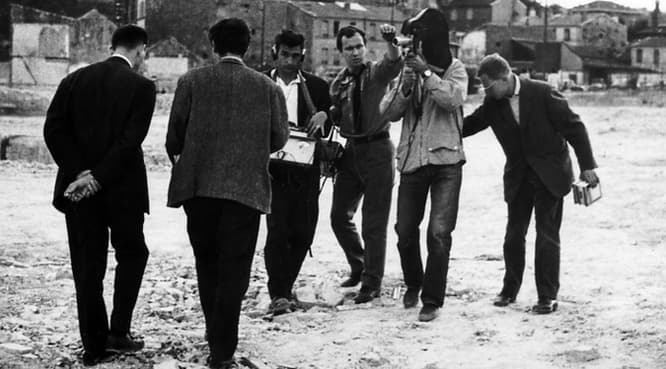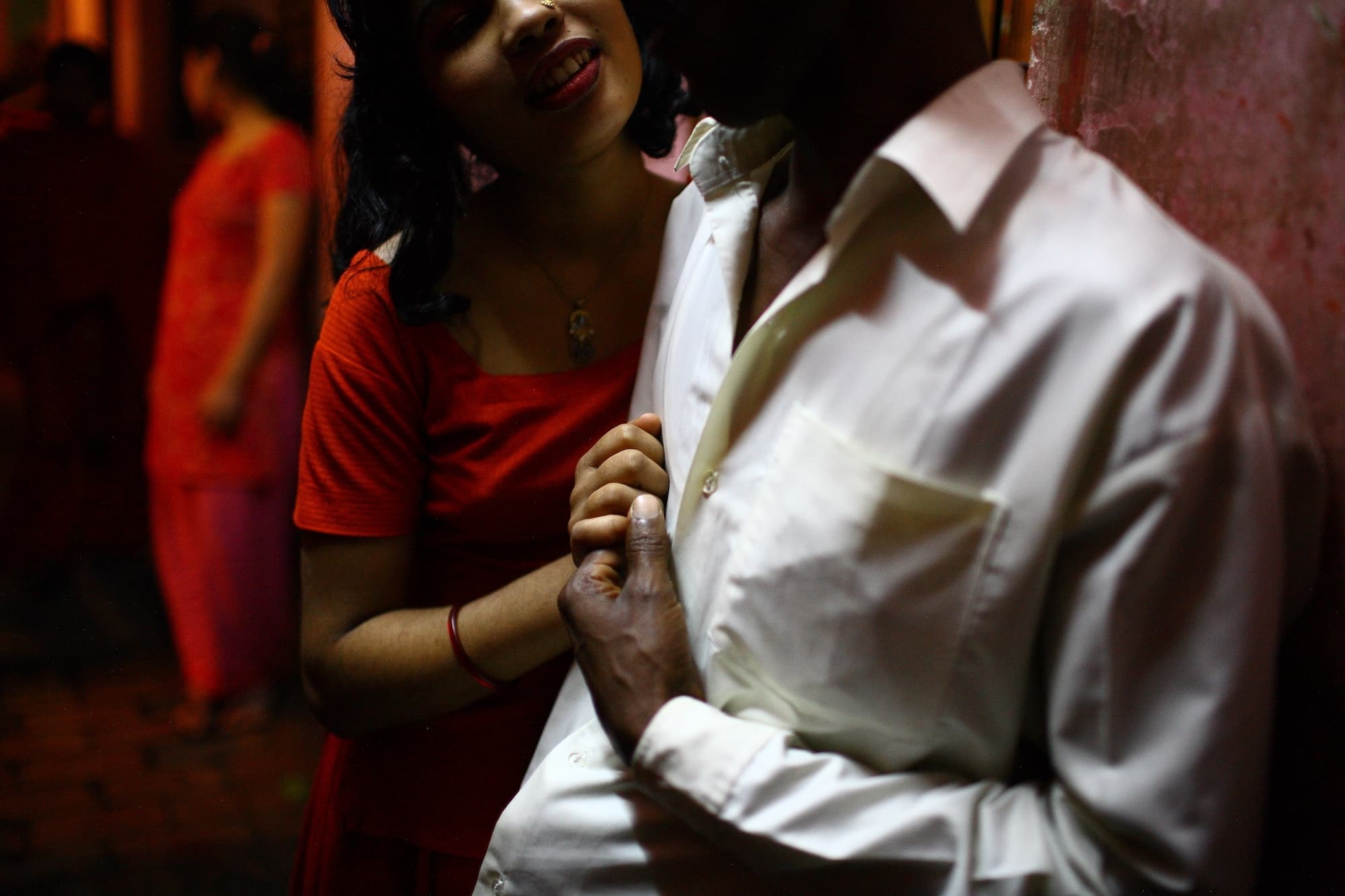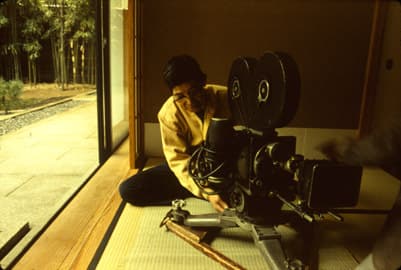
Camera in Focus
IDFA’s Camera in Focus programme puts camerawork front and centre.
It’s a fundamental part of the documentary process, but rarely acknowledged as such. This is why this year IDFA is putting the emphasis firmly back on cinematography in its Camera in Focus programme: the latest in the festival’s series of craft-based programmes that began two years ago with sound and last year foregrounded editing. The programme includes 10 films – five contemporary documentaries and five ‘classics’.
The way documentaries are shot has changed immeasurably since Robert Flaherty made Nanook of the North and had to saw an igloo in half because his bulky equipment wouldn’t fit inside. The emergence of lightweight cameras over the last 60 years has transformed and liberated documentary making, enabling filmmakers to go out onto the streets and to shoot everyday life without having to haul enormous cables and lighting rigs behind them.

Whores' Glory
“What we wanted from the start was to show all the different types of camerawork in documentary,” says senior programmer Laura van Halsema, who oversees the programme alongside Joost Daamen. In every case, the programmers were determined the cinematographer would be present to talk about his or her work. Eighty-nine-year-old cinematographer, Pierre Lhomme, was in Amsterdam this weekend to present Le joli mai (1963), which he made with Chris Marker. A ground-breaking film, a symphony of a city, shot in Paris just as the Algerian war ended; made with a lightweight camera using synched sound and featuring street interviews with passers-by.
Pirjo Honkasalo will present her feature Atman (1996), which she shot on 35 mm film in extraordinarily tough conditions in India. Wolfgang Thaler is introducing Whores’ Glory, which he shot for Michael Glawogger and which shows the lives of prostitutes in brothels in Thailand, Mexico and Bangladesh. “It’s very, very slippery to make a film about prostitutes,” says Van Halsema. “It can get sensationalist very, very easily,” agrees Daamen. “It’s a thin line, but this film always stays on the right side.”

Tokyo-Ga
D.A. Pennebaker and Chris Hegedus will show their little-seen Depeche Mode: 101 (1989), which follows ‘80s Essex pop band Depeche Mode on tour. IDFA chose this rather than a more obvious title, such as Pennebaker’s celebrated Bob Dylan film, Don’t Look Back. “Depeche Mode asked them to do a film like Don’t Look Back,” Van Halsema points out. This may have been a different band and a different era, but it was made in Pennebaker’s trademark style. Like the Bob Dylan film, it transcended the conventions of the traditional music doc.
The fifth classic documentary is Wim Wenders’ Tokyo-Ga (1985), which will be presented by its cinematographer, Ed Lachman. “This film is really about finding images – the lost images of Ozu in this case,” Van Halsema says of the documentary in which Wenders and Lachman wander the streets of Tokyo, looking for traces and echoes from the work of great Japanese director Yasujirō Ozu.

City of the Sun
Complementing the five classics are an equal number of newer films. Georgian director Rati Oneli’s City of the Sun, shot by Arseni Khachaturan, is set in a run-down mining town where the locals eke out an existence. “We loved that film when we saw it at the beginning of the year in Berlin. It was an obvious choice,” says Daamen. Tala Hadid’s House in the Fields is set in a “closed” community in the Atlas mountains of Morocco. “The way she shot this was very much in the tradition of Jean Rouch,” Van Halsema suggests of the cinematographer/director’s anthropological approach. “At the same time, it’s a portrait of two sisters. She is mixing styles.”
Serbian director Mila Turajlic’s The Other Side of Everything (competing in the feature-length competition) is another Full Focus selection. “One of the reasons it is so interesting visually is that it contains so much information,” Van Halsema says of Turajlic’s chamber piece, set almost entirely inside a Belgrade apartment, focusing on the director’s mother but also touching on convulsive moments in Balkan history and politics. As Daamen observes, it’s a deceptive affair that looks easy to shoot but is actually subtle and multi-layered. Rounding off the selection, Manuel Abramovich presents his film Soldier (2017) and Talal Khoury will introduce Taste of Cement (2017).